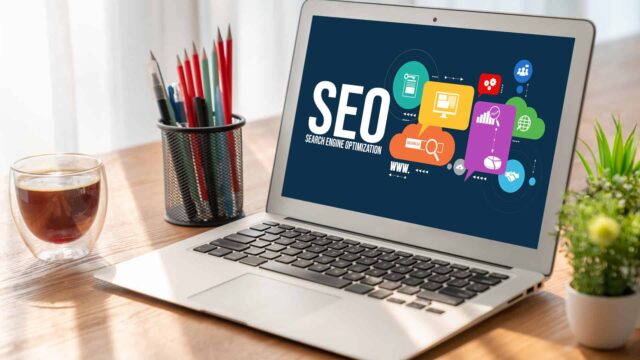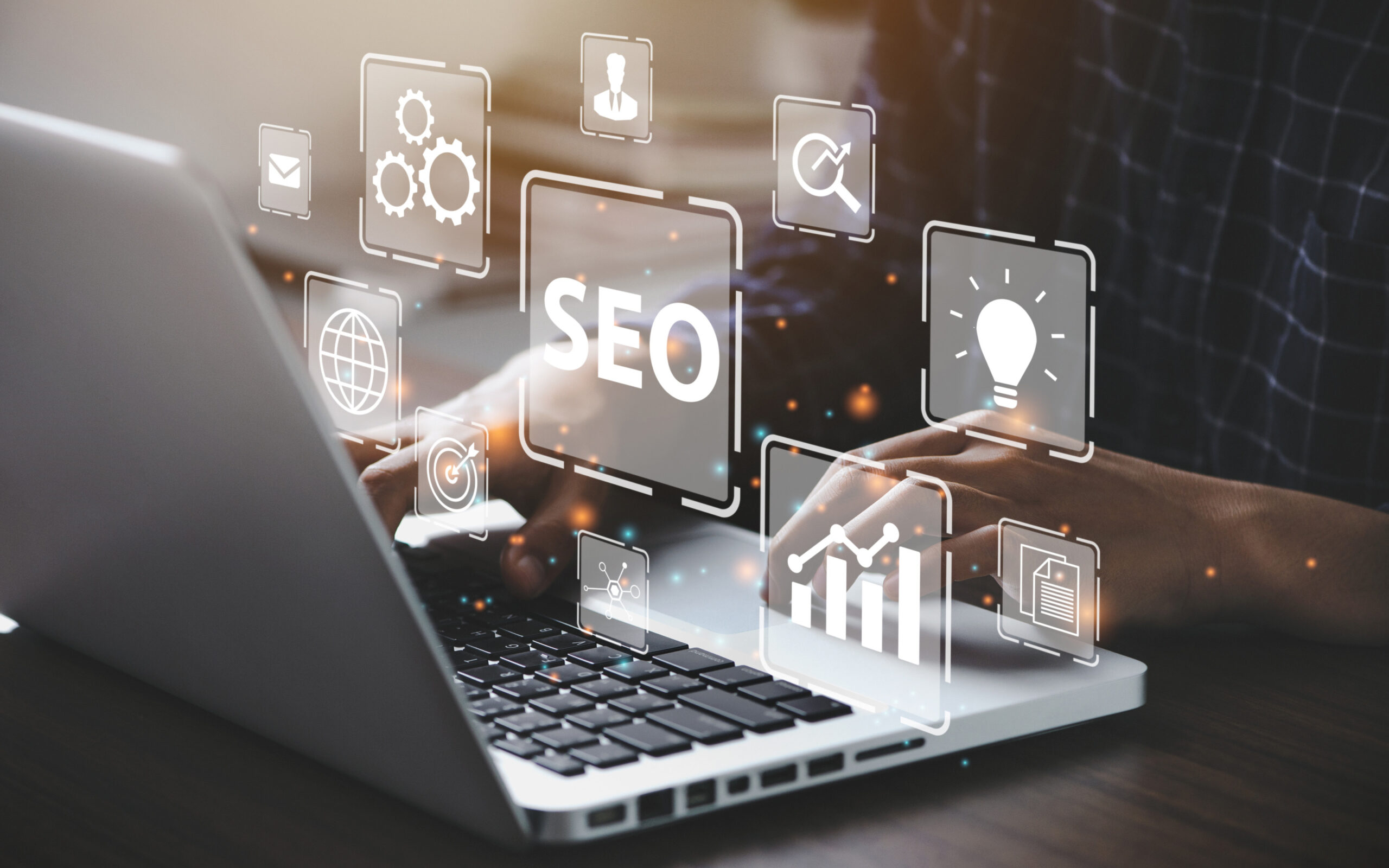In the fast-paced world of e-commerce, site speed is a critical factor that can significantly impact user experience, conversion rates, and search engine optimization (SEO) rankings. With consumers expecting instant access to information and seamless shopping experiences, understanding the role of site speed in e-commerce SEO is essential for online retailers looking to improve their visibility and drive sales. Here’s an in-depth look at why site speed matters and how it influences SEO rankings.

Table of Contents
Toggle1. User Experience and Engagement
Immediate Access to Information:
Customers expect pages to load quickly—ideally within three seconds. If a site takes too long to load, users are likely to abandon it in favor of faster competitors. A positive user experience keeps visitors engaged and encourages them to explore your products, increasing the chances of conversion.
Bounce Rates:
Slow-loading pages often lead to higher bounce rates, which negatively affect SEO rankings. Search engines interpret high bounce rates as a sign that users are dissatisfied with the site, potentially lowering its visibility in search results.
2. Impact on Conversion Rates
Reduced Cart Abandonment:
Research shows that even a one-second delay in page load time can result in significant drops in conversion rates. For e-commerce sites, where every second counts, optimizing site speed can reduce cart abandonment rates and improve overall sales.
Increased Revenue:
Faster loading times correlate with higher conversion rates and revenue. A study by Google found that a one-second delay in mobile load times can impact conversions by up to 20%. Thus, investing in site speed optimization can directly translate into increased sales.
3. Search Engine Algorithms
Core Web Vitals:
Google has emphasized user experience in its ranking criteria, particularly with the introduction of Core Web Vitals, which include metrics related to loading performance, interactivity, and visual stability. Key metrics include:
- Largest Contentful Paint (LCP): Measures loading performance, focusing on how quickly the main content of a page loads.
- First Input Delay (FID): Measures interactivity, indicating how quickly a user can interact with a page.
- Cumulative Layout Shift (CLS): Measures visual stability, assessing how much the layout shifts during loading.
E-commerce sites that meet or exceed the recommended thresholds for these metrics are more likely to rank higher in search results.
4. Mobile Optimization
Mobile-First Indexing:
With the majority of e-commerce traffic coming from mobile devices, Google prioritizes mobile-first indexing. This means that the mobile version of your site is considered the primary version for ranking purposes. Slow mobile load times can hurt your SEO rankings and drive users away from your site.
Responsive Design:
A responsive design that adapts to different screen sizes not only improves user experience but also enhances site speed, contributing to better SEO performance.
5. Technical SEO Factors
Optimizing Images and Assets:
Large images and unoptimized assets can significantly slow down page load times. Implementing best practices such as compressing images, using appropriate file formats (like WebP), and lazy loading can enhance site speed while improving SEO.
Minification and Caching:
Minifying CSS, JavaScript, and HTML files reduces their size, improving load times. Implementing browser caching helps store frequently accessed resources, reducing load times for returning visitors.
6. Competitive Advantage
Staying Ahead of Competitors:
In the competitive e-commerce landscape, every advantage counts. A faster site can give you an edge over competitors, attracting more customers and improving your chances of ranking higher in search results. Users are more likely to choose a site that loads quickly over a slower alternative.
Brand Reputation:
A fast, reliable website enhances brand reputation and credibility. Positive user experiences lead to favorable reviews and word-of-mouth referrals, further boosting your online presence.
Conclusion
Site speed is a crucial component of e-commerce SEO that directly affects user experience, conversion rates, and search engine rankings. By prioritizing site speed optimization, e-commerce businesses can improve customer satisfaction, reduce bounce rates, and ultimately drive more sales. As search engines continue to evolve, understanding and optimizing for site speed will remain essential for maintaining a competitive edge in the ever-changing digital landscape. Investing in site speed not only enhances your SEO performance but also ensures that your customers have a seamless and enjoyable shopping experience.


No responses yet